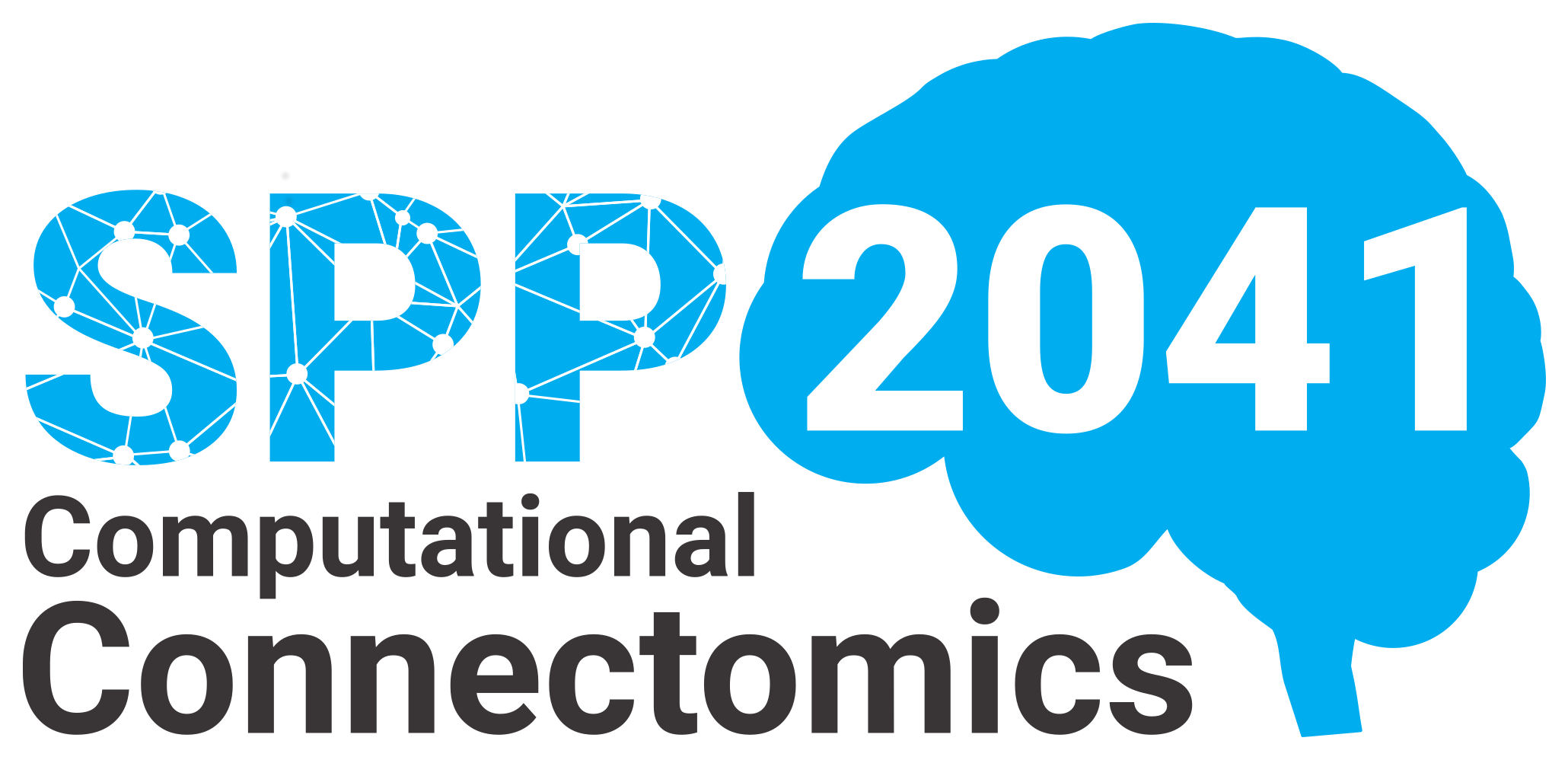Integrating multi-scale connectivity and brain architecture in a large-scale computational model of the human cerebral cortex
The computational functions of the human cerebral cortex result from the distributed network interactions of a multitude of specialized local neuronal populations. In order to understand the emergent computational properties of this complex, multi-scale cortical connectome, one needs to quantitatively characterize the structural organization of the local cortical populations, along with their specific intrinsic circuitry as well as their characteristic extrinsic connections with other populations, in order to develop an accurate structural basis for simulating the complex distributed cortical activity patterns. This formidable challenge is addressed in the present project, which combines three complementary state-of-the-art approaches in large- scale connectivity analysis and modeling. In particular, we will use advanced image processing to quantify the histology and cytoarchitecture of human cortical brain regions. We will use such data in multivariate statistical approaches, to predict the characteristic structural connectivity among human cortical regions, based on wiring rules derived from systematic studies of mammalian brain architecture and connectivity. Finally, we will integrate the structural connectivity and brain architecture data in a multi-scale, supercomputational network model that simulates the distributed neural activation patterns of the human cerebral cortex at single-cell resolution. The project provides a worked example for integrating experimental studies of human brain connectivity with neuroinformatics and computational neuroscience and delivers a multi-scale computational model that can be used as a versatile platform for addressing diverse aspects of structure-function relationships in the human brain.
Principal Investigators
Dr. Sacha Jennifer van Albada
Forschungszentrum Jülich GmbH
Institut für Neurowissenschaften und Medizin (INM)
Computational and Systems Neuroscience (INM-6)
Dr.-Ing. Timo Dickscheid
Forschungszentrum Jülich GmbH
Institut für Neurowissenschaften und Medizin (INM)
Strukturelle und funktionelle Organisation des Gehirns (INM-1)
Professor Dr. Claus C. Hilgetag
Universitätsklinikum Hamburg-Eppendorf
Zentrum für experimentelle Medizin
Institut für Computational Neuroscience
